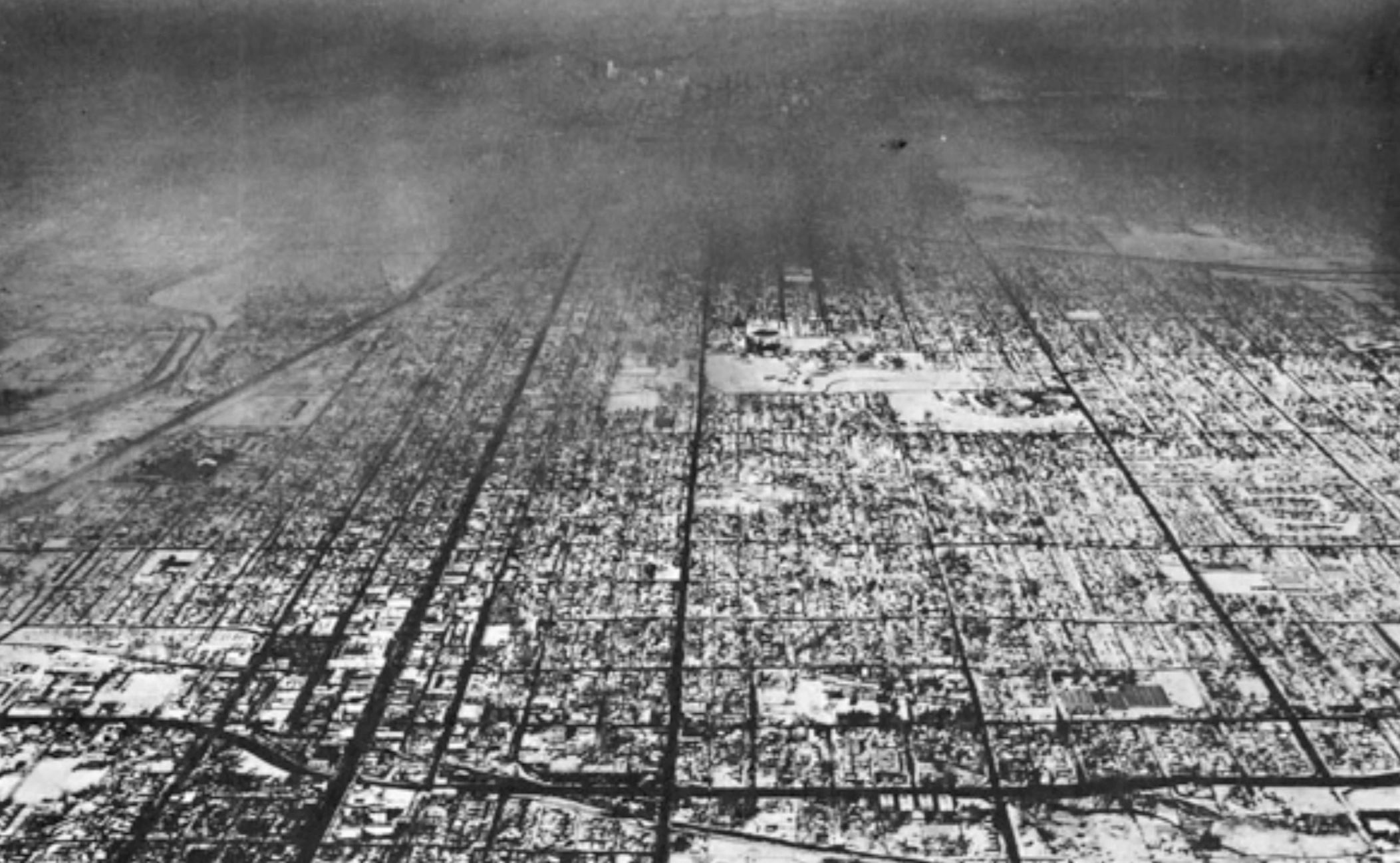
Denver’s Air pollution
Denver's location at the foot of the Rocky Mountains makes it prone to temperature inversions in which warm air traps cooler air near the ground, preventing pollutants from rising into the atmosphere.
From the 1970s into the early 1980s, the Denver area exceeded certain EPA air quality standards nearly 200 days annually. By the 1970s, air pollution hanging over the city even had a name — the brown cloud.
https://www.denvergov.org/content/denvergov/en/ environmental-health/our-divisions/environmental

https://paos.colorado.edu/~fasullo/1060/aerosols/bcloud.html
- Starting in the late 1950s scientists began to have concerns about Denver’s air quality
- The rise in our air pollution paralleled the rise in automobile use, coal power plants, and industrial emissions

Rise in the number of automobiles

Graph sources: Motor Vehicle Manufacturers Association of the United States, World Motor Vehicle Data, 1981 Edition; Ward’s Communications, Ward’s World Motor Vehicle Data 2002; United States Department of Transportation, Bureau of Transportation Statistics, National Transportation Statistics, Table 1-23
1960s

1960s Colorado State University undertakes study of air pollution in Colorado
December 15, 1962 Downtown Denver photographer Charles Grover
1970s

Smog over Denver in 1974. Bill Wunsch / The Denver Post / Getty
In 1970 the US congress passes the Clean Air Act. The act address six pollutants that threaten public health. Sulfer dioxide, nitrogen dioxide, particulate matter, carbon monoxide, ozone, and lead. The Denver area had the highest levels of carbon monoxide in the country.

Photo By Oliva Fall/The Denver Post via Getty Images

Photo By Barry Staver/The Denver Post via Getty Images)
1980s
- Colorado becomes the first state to require oxygenated gasoline (reduces soot and carbon monoxide)
- Colorado establishes restrictions on wood stoves
- Federal guidelines help promote the use of Limits placed on industrial pollution
1990s
- Colorado becomes the first state to require oxygenated gasoline (reduces soot and carbon monoxide)
- Colorado establishes restrictions on wood stoves
- Federal guidelines help promote the use of Limits placed on industrial pollution
2000s

- Ozone starts to improve but remains elevated
Today

- While Denver’s air pollution has improved significantly since the 1970s we still struggle compared to the rest of the nation
- In 2024 the American Lung Association ranked Denver the 6th worst city in the nation for ozone “smog pollution”